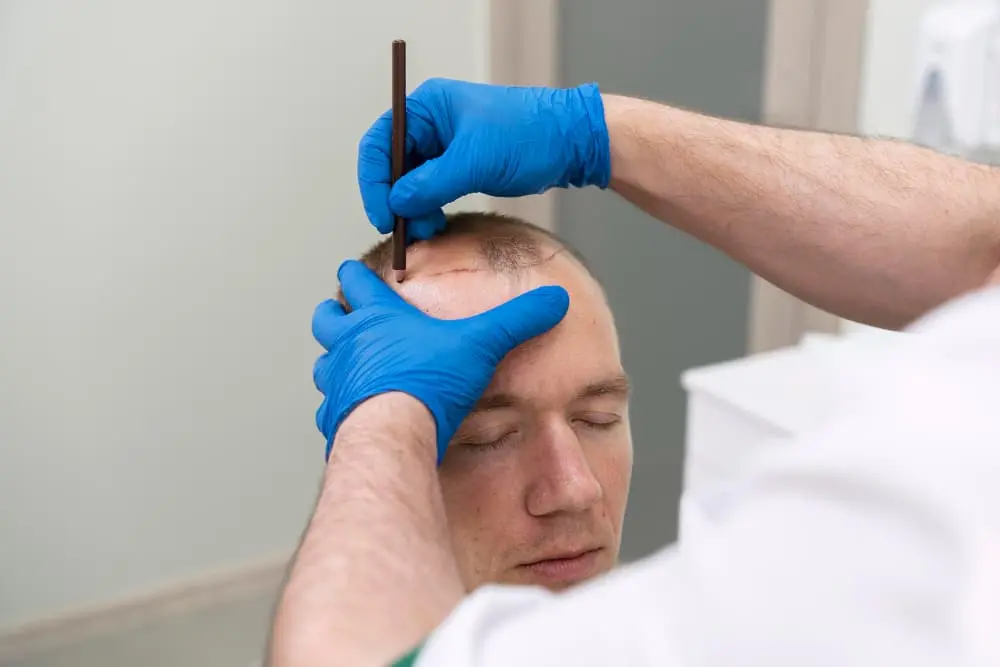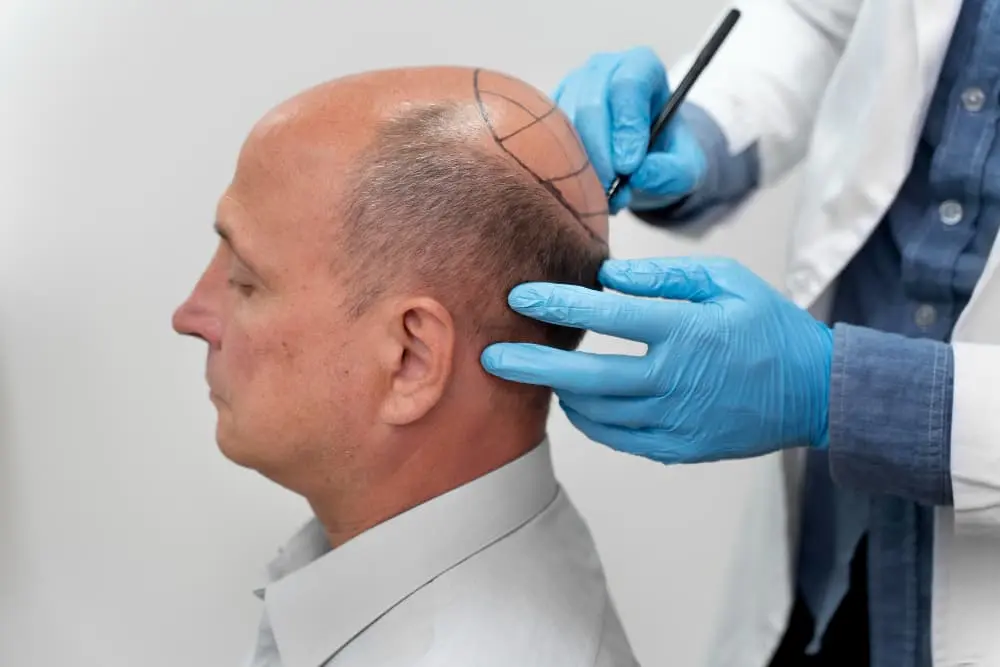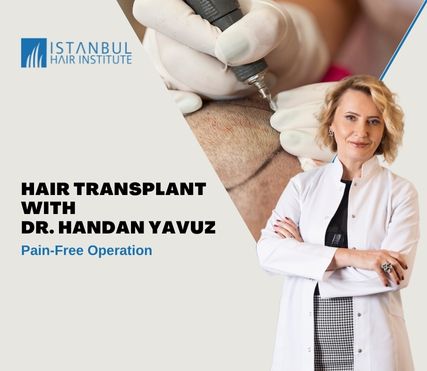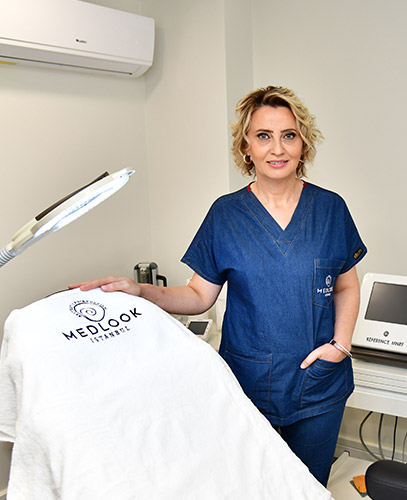Hair Loss Treatments

Istanbul, Turkey, has emerged as a premier destination for hair loss treatments, attracting individuals from around the globe. Renowned for its advanced medical facilities and expert hair transplant surgeons, Istanbul offers a range of cutting-edge procedures including Follicular Unit Extraction (FUE) and Direct Hair Implantation (DHI). These techniques are celebrated for their ability to deliver natural-looking results with minimal downtime.
Coupled with the city’s rich cultural heritage and picturesque landscapes, patients not only benefit from top-tier medical care but also enjoy a scenic and relaxing recovery. This combination of professional healthcare and a vibrant tourist backdrop makes Istanbul a highly sought-after location for those seeking effective solutions to hair loss.
Understanding Hair Loss and Its Causes
Hair loss is a common issue that affects individuals globally, and understanding its causes is the first step toward effective treatment.
- Hair loss in women may be observed due to genetic causes (due to the weakening of the hair follicles by the DHT hormone) also due to certain diseases, traumatic incidents, hormonal changes or pregnancy. Hair loss in women due to these causes may be temporary or permanent. If the hair growth has stopped or more than 125 hair strands are lost per day, the hair loss should be taken seriously. In female-type hair loss, baldness starts at the middle of the crown and expands. Usually, the hairline does not recede as severely as in men. Genetically, women possess high hairlines.
Hair loss in women usually occurs as presented in Figure 2 or Figure 4. The type of baldness presented in Figure 4 may be treated with hair transplantation.
- Hair loss zones represent the transplant areas on the scalp.
- This allows calculating the density distribution of hair. It also allows predicting the future work that may be required as hair loss progresses.
- Zone 1: Defines the frontal hairline which represents the first 2 cm of the hair transplant area. This is the most important area as it must be performed with a number of different angles and definitely requires an artistic touch.
- Zone 1 includes the bald areas at the temples. Transplantation at the temple area is very important in framing the face and highlighting the facial features.
- Zone 1 is also important in terms of the appearance featuring the maximum density.
- In many ways, zone 1 is the key area due to various reasons.
Zone 2: Zone 2 is the midsection behind zone 1. This area is also important in terms of artistic design and supports the appearance of density.
Zone 3 and Zone 4: Zone 3 and 4 are located in the middle and the back of the head. In these areas, the hair strands should be transplanted in a circular pattern, because the hair should sit on the scalp instead of stand. In these zones, larger areas can be artistically covered using a smaller number of grafts.
In hair transplantation, we use a chart to determine the level of hair loss. Model 1: Hair loss from the front and back eventually meets in the middle. Model 2: Hair recedes from the front hairline progressing to the crown. Model 3: Hair loss starts at the crown and progresses towards the front. Model 4: Hair loss in the form of a crescent, beginning from the front and the sides of the crown, leaving only a wisp of hair at the front. This type of baldness is common among males in Asia, in the Middle East and the Mediterranean region. Model 5: This type of baldness is more frequently observed among women. It starts from the crown and progresses towards the sides. The hairline does not recede. This type of hair loss is also observed among men in the Middle East and the Mediterranean region.
Hair transplantation is being performed since the 1900s. In time, hair transplantation techniques have developed in order to provide a more natural and densitive look. The FUT method (also called strip surgery) still in use in certain clinics around the world causes deep scarring and is associated with a long healing period. The FUE method is currently the most advanced technique, which does not involve the disadvantages of FUT and leads to satisfactory results. No invasive surgical instruments are used in FUE. Instead, the microscopic hair extract technique which is allowing for the natural healing of the skin is applied. FUE is performed without invasive surgical instruments so that there is less pain, the healing is faster and no large scarring occurs at the back of the head. The method also does not harm the donor area, which may be beneficial in the case of secondary and tertiary hair transplantations in the future. All these benefits lead the majority of the patients to choose the FUE method. Istanbul Hair Institute performs hair transplantations with the FUE technique considering the maximum density, natural hairline, strategic placement and supportive methods.
Past
- Large scars
- Low rate of hair growth
- A Low number of extracted grafts (500/1000 grafts per session)\
- Multiple sessions
- Longer healing period
- Insufficient hair density
- Unnatural appearance of the hairline.
Past methods created negative perceptions of actual treatments available in the hair restoration industry. However, the newly developed techniques used by the Istanbul Hair Institute lead to the below-mentioned results and facilitate the decision of the patients for hair transplantation procedure.
Present
- Grafts (or follicular units) are extracted individually
- Minimal scarring
- Minimal invasive techniques
- High growth rate
- High number of grafts extract in one session (4000 or more grafts may be extracted in one session)
- Satisfactory results in a single session
- Rapid healing
- An esthetic and natural-looking hairline
- Maximum hair density
- Natural cover of frontal angles
- Ongoing research and innovation
The latest genetic research on new hair growth:
Cloning: Cloning focuses on certain questions:
- Which types of cells can be cloned?
- Can different donors be used? What can be the reaction of the cells in this case?
- Under which conditions do the new cells develop? (in vitro – in vivo)
- Which conditions are required in order to keep the new cells viable?
- Can the direction of growth be genetically manipulated?
- Do the newly generated strains fall in the future?
Gene Therapy:
Each of our cells contains genetic material, i.e. DNA. The structure of our body is determined based on this genetic plan (the proteins are formed according to the gene sequence). Like our eye color, hair loss also depends on the genes. Initially, the gene or group of genes leading to hair loss is researched. The second step involves the detection of the genes leading to hair loss and the research to determine the proteins forming the hair follicles resistant to the DHT hormone (hair strands sensitive to DHT are weakened and lost, leading to boldness). Finally, the genes are re-coded in order to produce new proteins in the target cells. The newly-produced stem cells proliferate to form the cells with the desired characteristics. Progressive research also describes the causes why these genes have mutated.
How to Keep Your Hair Healthy?
Dr. Handan Yavuz Providing Tips for Healthier Hair
How Hair Transplant Surgery Works

Hair transplant surgery is a restoration method that involves moving hair follicles from one part of the body to another to improve hair fullness.
- Donor Site Selection: Hair follicles are typically taken from the back or sides of the scalp where hair is denser and more resistant to balding.
- Extraction Techniques: FUE extracts individual hair follicles, whereas FUT removes a strip of skin with follicles, both under local anesthesia.
- Implantation: The extracted follicles are then meticulously implanted into the thinning areas, ensuring natural growth patterns and density.
- Recovery: The scalp heals over a few weeks, with hair growth resuming gradually, achieving full results within several months to a year.
Hair transplant surgery can significantly enhance one’s appearance and self-confidence by filling in thinning areas with natural, growing hair.
Why Choose Istanbul for Hair Loss Treatments?
Istanbul stands out as a leading destination for hair loss treatments due to its expert clinics and advantageous pricing.

- Advanced Technology: Clinics in Istanbul use cutting-edge hair restoration technologies that are on par with global standards.
- Experienced Specialists: The surgeons are highly trained and have vast experience in performing diverse hair restoration procedures.
- Cost-Effectiveness: The cost of procedures in Istanbul is generally lower than in many Western countries, providing substantial savings for quality treatment.
The cultural richness and scenic beauty of Istanbul offer a comforting recovery environment for international patients.
Opting for hair loss treatment in Istanbul not only ensures access to top-tier medical care but also provides an opportunity to experience the unique allure of one of the world’s most historic cities.
Benefits of Hair Transplant Surgery in Istanbul
Opting for hair transplant surgery in Istanbul offers several benefits, making it a highly sought-after destination for patients worldwide.
- High-Quality Medical Facilities: Clinics in Istanbul are equipped with state-of-the-art technology and adhere to international health standards.
- Skilled Surgeons: The city's surgeons are renowned for their expertise and precision in performing hair transplant procedures.
- Affordability: Compared to many Western countries, Istanbul offers these surgeries at a fraction of the cost without compromising quality.
- Cultural Experience: Patients can combine their medical trips with the opportunity to explore Istanbul's rich history and vibrant culture.
The combination of professional expertise, advanced technology, and the added bonus of a cultural getaway makes Istanbul an attractive option for hair transplant surgery.
Patient Testimonials and Before-and-After Photos
Hair Loss Treatments Packages in Istanbul
Istanbul offers comprehensive hair loss treatment packages that cater to a variety of needs and preferences, providing a convenient solution for international patients. These comprehensive packages not only streamline the entire treatment process but also ensure that patients receive holistic care and support throughout their stay.
All-Inclusive Packages
Many clinics offer packages that include the surgery, accommodation, airport transfers, and sometimes even sightseeing tours.
Customizable Options
Patients can choose packages tailored to their specific hair loss conditions and desired outcomes.
Post-Treatment
Packages often include follow-up care instructions and products to ensure the best results.
Support Services
Clinics typically provide multilingual staff and patient coordinators to assist with every aspect of the medical journey.
You can check out our relevant page to get detailed information about our most current offers and packages.
Choosing the Right Hair Loss Treatment for You
Selecting the appropriate hair loss treatment involves understanding your specific condition and what each treatment option entails.
- Consultation with Specialists: Begin by consulting with hair loss specialists who can diagnose the cause of your hair loss and recommend suitable treatments.
- Understanding Different Treatments: Familiarize yourself with the various options available, from surgical procedures like hair transplants to non-surgical treatments such as PRP therapy or medications.
- Consider Your Goals and Lifestyle: Reflect on your hair restoration goals and lifestyle to choose a treatment that aligns with your needs and expectations.
- Evaluate Safety and Efficacy: Research the effectiveness and potential side effects of the treatments to make an informed decision.
Taking the time to carefully evaluate all your options and seeking expert advice will help ensure that you choose the best hair loss treatment to meet your personal goals and improve your quality of life.
What to Expect During Hair Transplant Surgery in Turkey

Undergoing hair transplant surgery in Turkey involves several key steps, each designed to ensure the success and comfort of the procedure.
Initial consultations involve discussing your hair loss pattern, health history, and the desired outcome. The surgeon will outline the procedure and answer any questions.
On the day of the surgery, the area from where hair is to be taken (donor site) is usually shaved, and local anesthesia is administered to minimize discomfort.
Depending on the technique (FUE or FUT), hair follicles are extracted and then meticulously transplanted into the balding areas.
After the procedure, instructions for care are provided to prevent infection and ensure proper healing. Swelling and tenderness may occur but generally subside within a few days.
Being well-prepared and understanding what to expect at each stage can make the process of undergoing a hair transplant in Turkey a smooth and stress-free experience.
What Is The Success Rate Of Hair Transplant
The success rate of hair transplant surgeries can be quite high, but it varies based on several factors including the skill of the surgeon and the patient’s hair characteristics.
- The success rate can vary between the FUT and FUE methods, with each having its own advantages.
- The experience and precision of the surgeon play a crucial role in the success of the transplant.
- Factors like the density of the donor hair, scalp condition, and overall health impact the outcome.
- Proper care following the surgery significantly affects the health of the transplanted follicles and overall success.
While generally successful, the outcome of a hair transplant surgery depends largely on choosing the right surgeon and following thorough post-operative care.
How Much Do Hair Loss Treatments Cost In Istanbul?
The cost of hair loss treatments in Istanbul varies widely depending on the type of treatment and the extent of the procedure needed.
- Hair Transplant Surgery: Typically, the cost ranges from $1,500 to $4,000, significantly lower than in many Western countries.
- Non-Surgical Treatments: PRP therapy and other non-surgical options may cost less but require multiple sessions.
- Additional Costs: Consider travel, accommodation, and any follow-up treatments that might be needed when budgeting for the procedure.
- Package Deals: Many clinics offer packages that include various aspects of the treatment process, which can provide additional savings.
Despite the lower cost, the clinics in Istanbul do not compromise on quality, making it a cost-effective destination for hair loss treatments.
Choosing the Right Hair Transplant Clinic in Istanbul

At Istanbul Hair Institute, we understand that choosing the right clinic for your hair transplant is crucial. We take pride in providing exceptional patient care from the moment you reach out to us until you achieve the desired results.
Our head doctor, Dr. Handan Yavuz, brings over 25 years of experience in hair transplantation, using advanced FUE techniques to ensure natural-looking outcomes. Our clinic is known for its high-quality medical facilities, skilled medical team, and technologically sophisticated tools. What to Expect:
Comprehensive Consultation
We begin with a thorough consultation to assess your specific hair loss condition and discuss your aesthetic goals.
Tailored Treatments
Each treatment plan is customized using a holistic approach to address the unique hair loss issues of our clients.
Expert
Team
Led by Dr. Yavuz, our team consists of experts who specialize in giving your transplanted hair a totally natural appearance.
Comfort and Care
We ensure a comfortable experience at our clinic, with luxurious accommodations and painless treatments.
Preparing for Your Hair Transplant Journey in Istanbul

Preparing for your hair transplant at Istanbul Hair Institute is a streamlined process. We assist you every step of the way, ensuring a smooth and stress-free experience.
- Initial Consultation: Engage with our experts to understand the scope of the procedure and set realistic expectations.
- Pre-Surgical Guidelines: We provide detailed pre-surgical instructions to prepare you physically and mentally for the procedure.
- Travel and Accommodation: For our international clients, we offer assistance with travel arrangements and accommodations in Istanbul.
What to Expect After Hair Transplant Surgery
After undergoing hair transplant surgery at our clinic, you can expect:
- Immediate Post-Operative Care: We provide comprehensive post-operative care instructions to help you manage the initial healing phase.
- Follow-Up Support: Our team is available to answer any questions and provide support as you recover.
- Long-Term Results: You will begin to see the full results of your transplant within several months, with continuous improvements up to a year after the procedure.
At Istanbul Hair Institute, we are committed to excellence in every aspect of our services, ensuring that every patient leaves our clinic satisfied and confident with their results.

